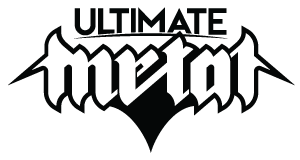- Jun 29, 2009
- 407
- 0
- 0
So, this might sound dumb (dont try it if you think its dumb)
and i dont know if people have tried this yet.
so im sorry if im just wasting thread space
but alot of people are worried about using their compressors on the way in.
and most hardware compressors are better then plug ins, SO
why not just re amp the signal (be it kick drum, bass ect.) to go into the hardware gate or compressor?
if something goes wrong, you still have the raw track, and i think this would be a good way to even experiment or to "get to know" your processor or whatever the fuck you got
let me know your thoughts
( just trying to share some ideas )
hope it helps
and i dont know if people have tried this yet.
so im sorry if im just wasting thread space
but alot of people are worried about using their compressors on the way in.
and most hardware compressors are better then plug ins, SO
why not just re amp the signal (be it kick drum, bass ect.) to go into the hardware gate or compressor?
if something goes wrong, you still have the raw track, and i think this would be a good way to even experiment or to "get to know" your processor or whatever the fuck you got
let me know your thoughts
( just trying to share some ideas )
hope it helps



 doin this hybrid thing is making me kinda nervous now haha
doin this hybrid thing is making me kinda nervous now haha